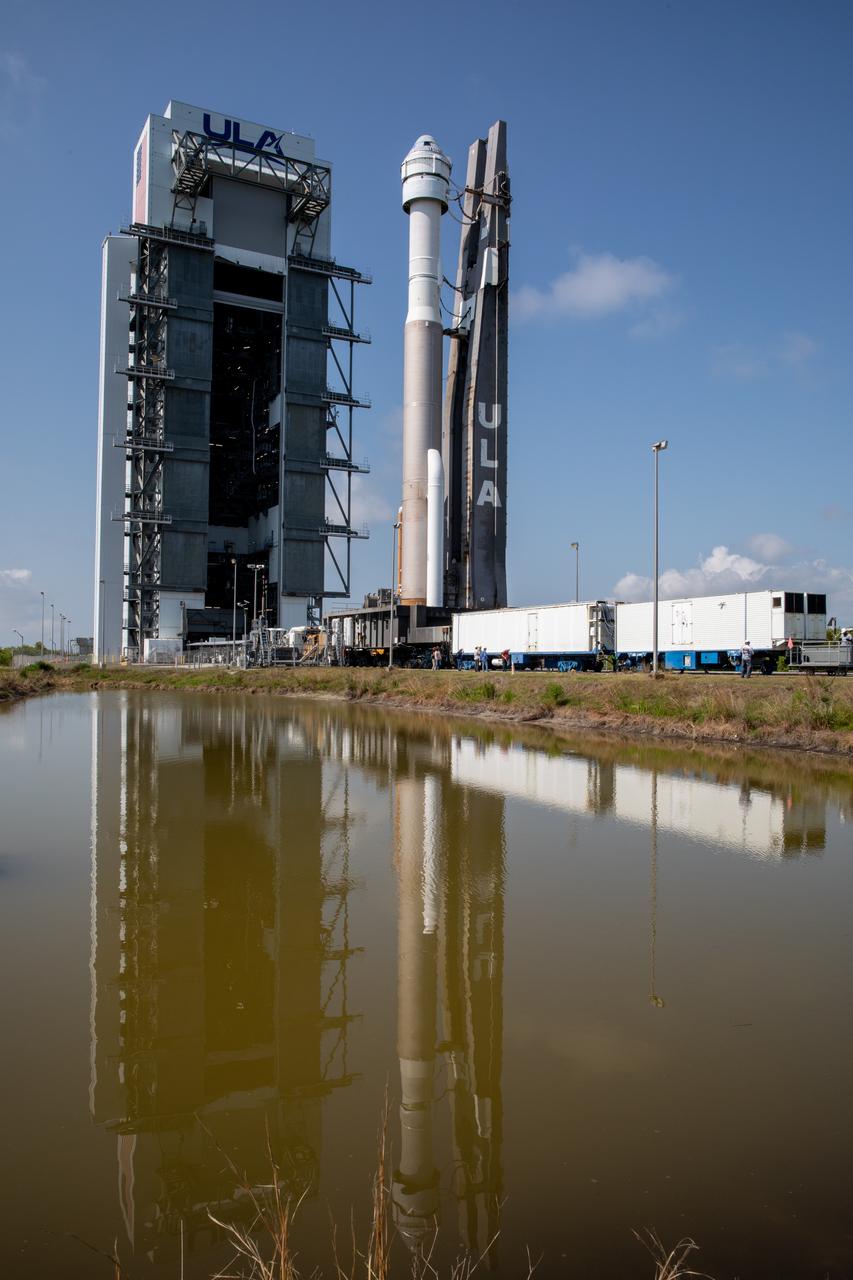
NASA’s Boeing Orbital Flight Test-2 will test the end-to-end capabilities of the company’s CST-100 Starliner spacecraft from launch to docking to a return to Earth in the desert of the western United States. The flight test will provide valuable data toward NASA certifying Boeing’s crew transportation system for regular crewed flights to and from the International Space Station. OFT-2 will build on the objectives achieved during Starliner’s initial flight test, including:
- In-orbit operation of the avionics, docking system, communications and telemetry systems, environmental control systems, solar arrays and electrical power systems and propulsion systems;
- Performance of the guidance, navigation and control systems of the Starliner and Atlas V through ascent, on-orbit, and entry;
- Acoustic and vibration levels, and loads across the Starliner exterior and interior;
- Launch escape trigger monitoring; and
- Performance of the Starliner system end-to-end mission operations.
These objectives are intended to demonstrate all of Starliner’s systems and capabilities except for those requiring a human onboard to test.
For this flight, Starliner will carry more than 500 pounds of NASA cargo and crew supplies to the space station. After a successful docking, the spacecraft will spend five to 10 days aboard the orbiting laboratory before returning to Earth. The spacecraft will return with nearly 600 pounds of NASA cargo, including reusable Nitrogen Oxygen Recharge System tanks that provide breathable air to station crew members.
Read more about OFT-2.
